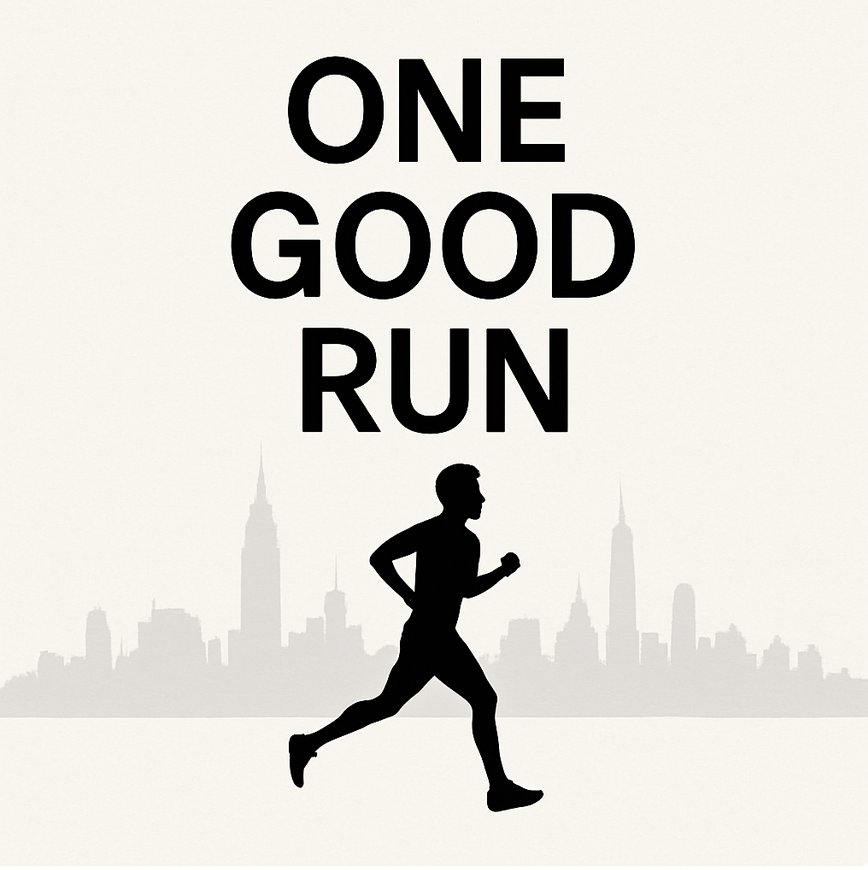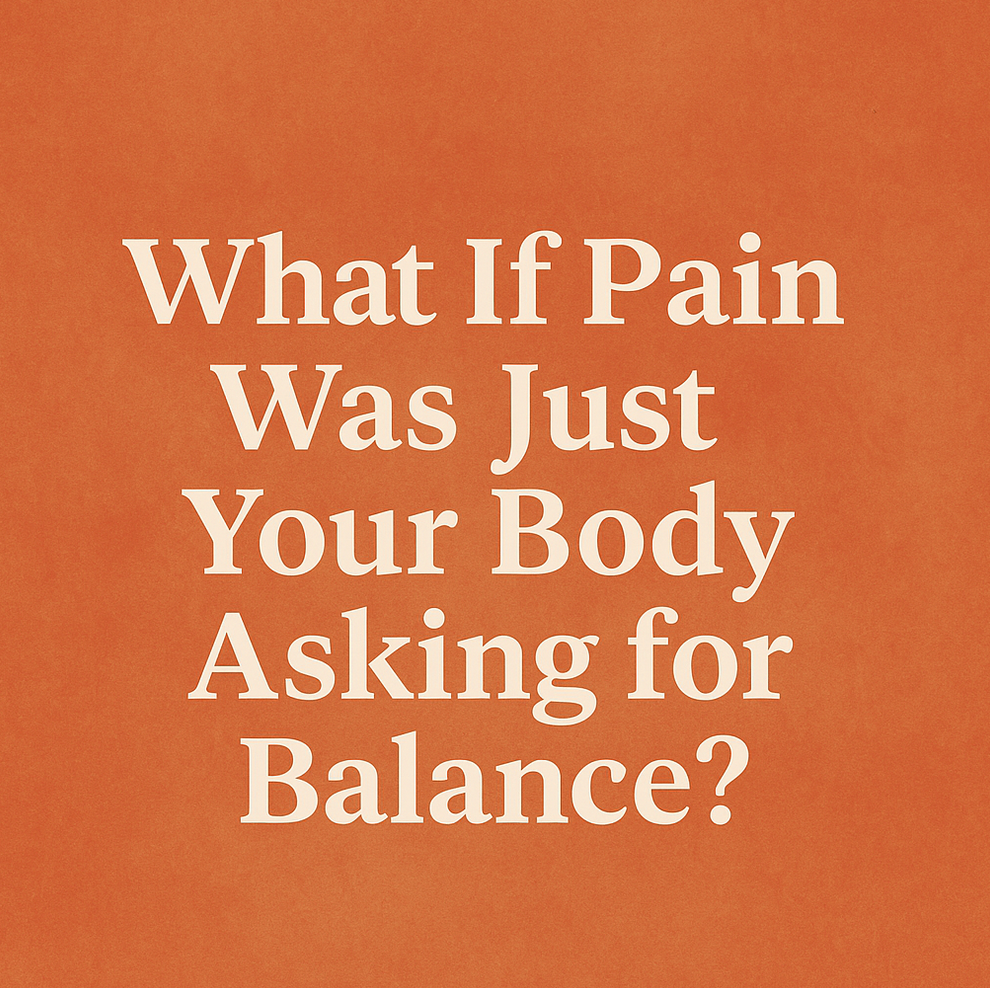Two things every runner needs for success:
1️⃣ Cardiovascular Economy (VO2 Max)
This is the max amount of oxygen your body can take in, transport and use during running.
Gifted athletes have a high VO2 max that means they can sustain high work loads over a longer period of time, before getting fatigued.
The rest of us have to rely on consistent training over the years to improve. Ultimately you have a set limit that relates to your genes (and your age).
If you have a high VO2 max, but your tissues aren't ready to cope with the high loads of running, often that can lead to overload and injury (a common scenario among triathletes).
2️⃣ Biomechanical Efficiency
This is where we can have the most impact, preparing our bodies for running, through optimal:
✅ flexibility in the right places (ankles, hips, upper back),
✅ core and gluteal stability
✅ strength and capacity in the muscles, tendons and bones
✅ efficient running form
✅ a sensible load management plan
This is what we 💯 focus on in The Resilient Runner Workshop.
Building you up from the inside out so you have the capacity to unlock your potential as a runner.
One of the reasons I love running is because it a barometer of your physical foundation. You can learn so much from listening to what your body is telling you, getting stronger and healthier than ever before.
The next workshop is coming up Murray Bridge March 9th (limited places left). Also excited to be heading to Clare Crossfit 5451 in May, check out the website for all the details.















